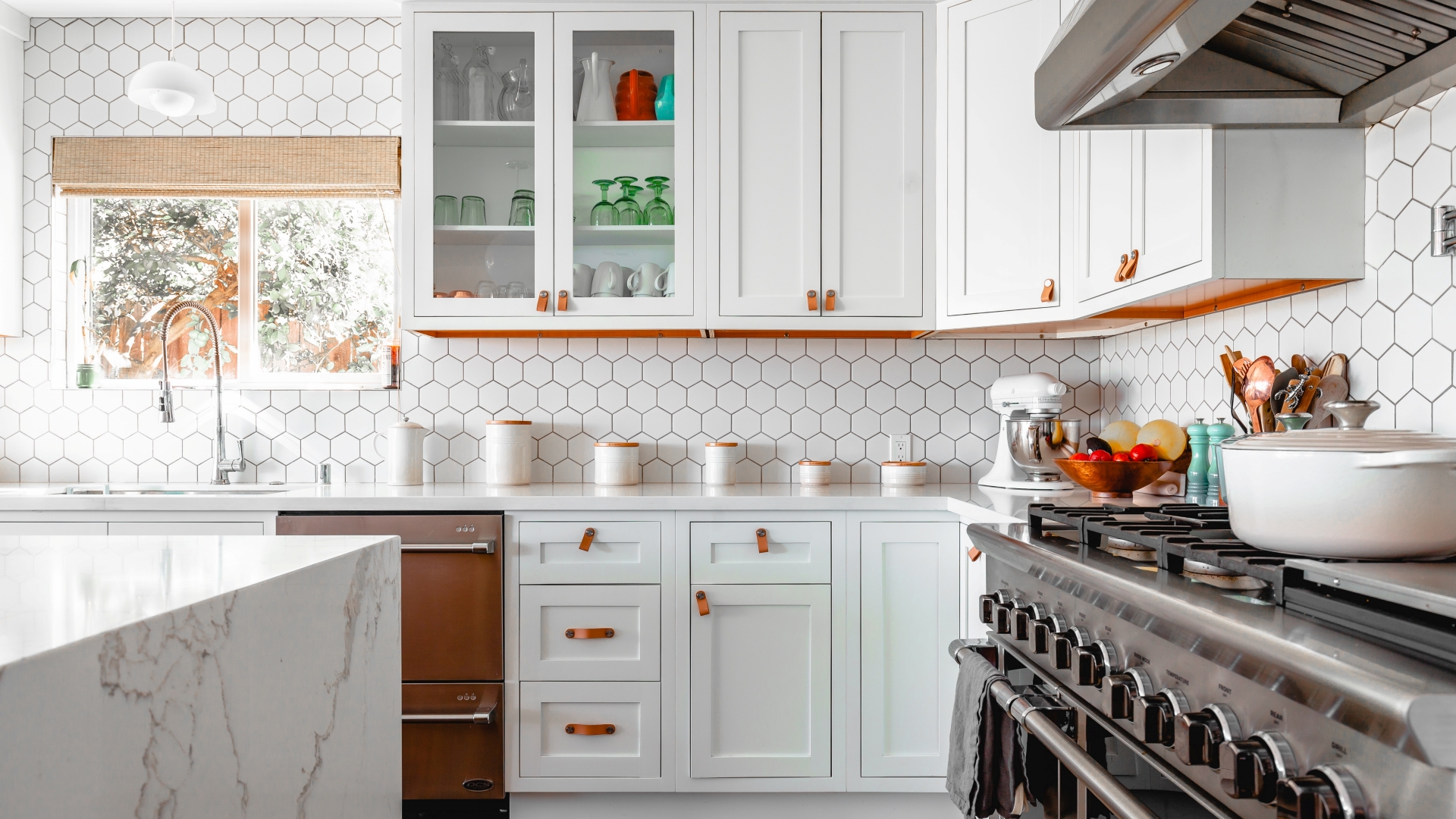Knowing fully what you’re being charged for, how much is the amount that you’re paying each month, and searching for ways to save more money can be very beneficial for homeowners. Read the electric bill and subscribe to your provider’s online website to see more about the charges per kWh and how they are calculated.
If you notice that the reading is way different than what you have on your meter, you can raise disputes or change providers that will give you a cheaper option, especially if you’re in Norway. One of the keys to getting started is how the bill is calculated in the first place.
Inclusions in your Monthly Charges
Costs of Generating Electricity
Charges are listed on the right side of the bill where you will see the amount that the entire household has used for the month. It’s in kilowatt-hours, and this is where you can have some degree of control each month. You need to know how you can cut back on your energy expenses, get suppliers that will offer you a cheaper rate, and avoid the variable plans whenever possible.
Now, you might have a question about when you use your electricity so it will be cheaper, especially if you’re cutting costs. Fortunately, you have sites like bestestrøm.no/når-er-strømmen-billigst/ that will help you know when is the best time to charge an electric car or do the laundry. The best times are usually when there’s plenty of hydropower.
Meltwater or rain can produce electricity that can make the costs go down, which can be very limited during the dry season. Less demand in summer and spring is common, and this is when the cheapest deals are available. However, during the winter, when the furnace and boilers are beginning to get used by a lot of households, expect that your bill will skyrocket during these times.
The Capacity of the Grid
Power companies may determine their charges based on the projected demand by the consumers for the whole month. Capacity costs may be added to the charges, and this will make sure that the supply will cover the needs of various customers in the next few weeks. It’s also going to avoid a lot of power interruptions and blackouts in some parts of the country, and many will appreciate the continuous electricity that they are getting.
Individuals don’t usually have any input on how this figure will be computed and addressed. What the users can do is turn off the major appliances for peak hours, as well as the machinery, so they can significantly reduce their costs and energy consumption. It’s going to vary for each location, so it’s important to call your provider and see more about the usage maps for further adjustments.
Utilities and Transmission Charges
Deliveries done by the generator companies are charged to the customers. It might only be a portion, but some will notice that it’s in the section for upkeep and maintenance. Different terms are used by companies but the delivery fees are there.
They can still have an impact on your bill, especially if you’ve used a lot of power for the whole month.
Decreasing your Bill for the Month
It’s muggy outside and very hot, and you might just want to open the door of the refrigerator and stand there for the rest of the afternoon. Well, think again because of the electricity that can go higher and the carbon footprint that can be generated, as a result of your decisions. See more info about a carbon footprint on this page here.
Energy-saving appliances, as well as techniques are now available today so you can lower the kilowatt-hour that the occupants consume. On cooler days, keep the air conditioner off and make sure that they’re in tip-top shape when summer arrives so you’re not facing a very expensive liability. Other tips that can help you are the following:
Remove Draught inside the Units and Rooms
Hot and humid air should never enter your home, so make sure to plug and seal all of the leaks. Get the cool AC working and save on consumption by creating a stable temperature in your rooms. Draught-stoppers are also available, so you don’t sacrifice comfort for savings. Call the pros if you need help with the construction of these alternatives and be delighted with what you can put in your pockets each month.
LED Lights are Excellent Investments
Efficient bulbs in the form of light-emitting diodes are available today, and they can save you a lot. Consider switching to these industry standards and get all the available benefits. Always-on appliances can be turned off with the use of a smart meter, and getting VCRs turned off can significantly help you in the long run.
In other countries, know that solar panels to have tax benefits, especially if you’ve decided to go green, so they are worth a try. Providing enough generation for an entire family, you can even live far away and be independent from the suppliers so you won’t have too much expenses at the end of the month.
Investing in PVs as an alternative is a good way for consumers to start moving away from the grid. This means that they can still get a light source when their other neighbors are experiencing a blackout. If you live in areas that use a lot of wind turbines or geothermal power, this might be a good place to start when it comes to harnessing the power of nature and letting you reap all the benefits.
About the Time-Based Rates

Utility companies are often encouraging most of their consumers to utilize their appliances in the early morning or midnight when others are not using them. Savings programs that can cause the bills to drastically go down or rebates can help a lot of consumers who find that heating or cooling is too expensive nowadays.
Running a more efficient system will allow people to get their dishwashers turned on late at night and get the job done accordingly. Thermostats and fridges should be kept at a lower temperature especially if there’s not much food stored in them.
Double-glazed windows and doors are also great additions to the modern house because they will reduce the emission of carbon monoxide and other greenhouse gasses, as well as help you save a lot more. Inverter heating and cooling units are worth it so shop around and the ones with reasonable BTUs and EER. Save nature and aim for a more sustainable planet by doing your part inside the home.










